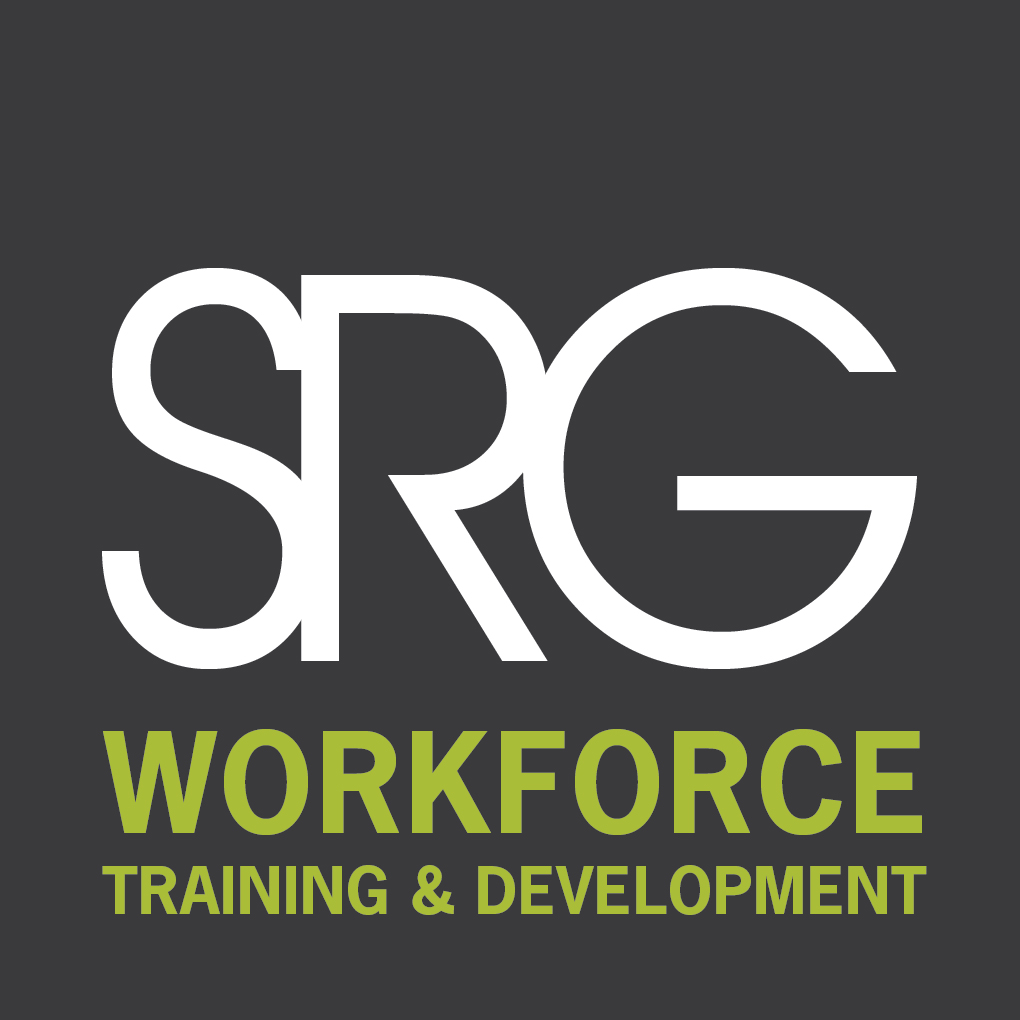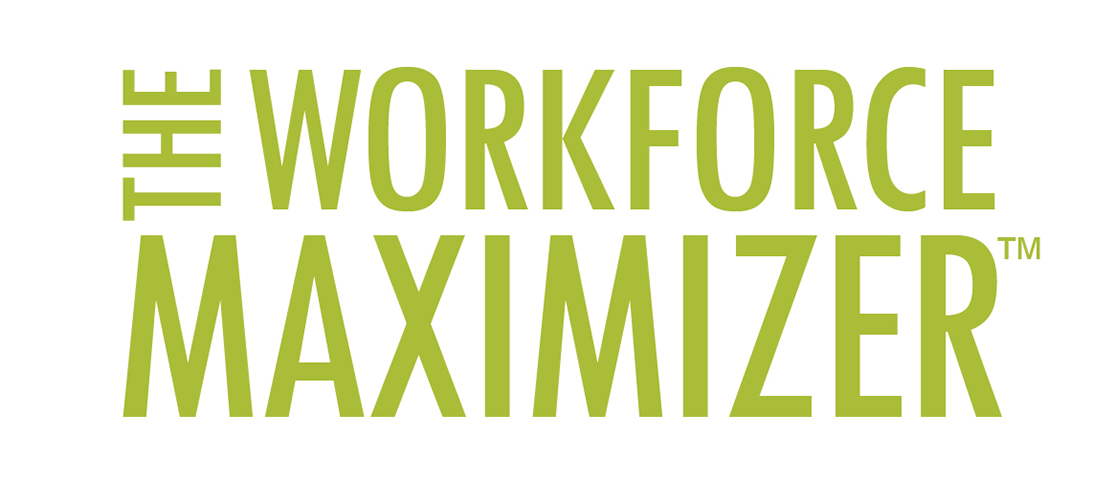
Recruitment Strategy End Game
by Sean Hemraj – Director – Workforce Planning & Development, SRG
Did you know that the number of possible ways of playing the first four moves per side in a game of chess is 18,979,564,000? This leaves the opportunity for victory very much wide open to either player. However, as the game plays on, and the number of possible moves is reduced, it is the contender that incorporates strategy into their game style that dictates the pace and forces moves upon their competitor, eventually creating a check mate.
Same can be said in the business world of Human Resources (HR), and the countless recruitment strategies deployed throughout the year in order to support organizational growth and company expansion. In the beginning of every recruitment effort the opportunity for a successful hire is one of many real possibilities. However, this window of opportunity is only maintained with the implementation of a core strategy that applies to all decisions being made – particularly at the start.
Though most organizations like to think they have a fairly well-developed and robust HR strategy that will continue to support and sustain the growth of their company, the latter is all too often the reality. The truth is that, at one time, the organization had a viable recruitment structure that was built on sound principles and market analysis. It was successful for that market period as it was designed to fill those specific gaps in that moment. Unfortunately with these early successes there is a tendency for some companies to be lulled into a false sense of comfort and subsequently recruitment strategies are prematurely removed from management focus. Without checks and balances, a state of paralysis can set in, preventing ill-prepared companies from evolving their strategy to continuously adapt to the ever changing marketplace. This is further compounded as companies that find themselves in these stagnant states also failed to develop alternate support options, leaving them with no forward course of action.
As in chess, the core strategy needs to be established early. Depending on the situational analysis of the market, the needs and timelines of the recruitment strategy must be constantly adjusted. For this reason, it is suggested to compartmentalize sections of your strategy into key common activities. By doing this, results can be measured incrementally and adjustments made to fine tune elements and maintain objectives. The added organization also aids in the candidate review process by aligning common activities and their results.
Start with this structure if you or your organization is fairly new to sourcing talent and do not require multi-tiered screening.
A classic categorization structure commonly utilized looks like this:
- Marketing and advertising
- Interview and testing
- References
A more robust structure that can be seen at the corporate level could look like this:
- Marketing and advertising
- Phone screening
- First round interview
- Online testing/personality profiling
- Second round interview
- References
While this structure looks advanced, it contains similar elements to that of the basic layout, with additional evaluations. Keep in mind that you do not have to break out a category for each stage of your recruitment process. The purpose of a structure is to group similar activities together to provide stronger optics and ultimately sustainable maintenance.
Lastly, it is suggested to those organizations that are highly steeped in developing and protecting their internal culture, extend their categorization structure to track beyond the recruitment cycle into their onboarding. This facilitates the ability to now coordinate activities that affect retention and turnover rates.
The added structure could look like this:
- Orientations
- Health and safety
- Department training
- Ongoing development
Next, once you have selected a category structure that works for you, compile a list of all measurable elements that would fall under and influence that category.
An example of this looks like:
- Marketing and advertising
- Social media
- Newspaper
- Online job boards
- Community resources
For this section, during each recruitment, you will need to track what sources are being used by applicants, which can then be used to determine what sources to use again and which to eliminate.
In conclusion, a recruitment plan’s core strategy needs to constantly be refreshed and revisited before and after every campaign. If the strategy is not producing the targeted results, it should be reviewed immediately to see what elements are under performing and make adjustments. Lastly, celebrate your successes, but recognize that those results are directly linked to your organization’s ability to maintain every element in accordance with the gaps in the market. Keep in mind, a chess player does not celebrate and end the game after they have taken their opponent’s queen. They press on with their strategy to then take the king.


The Workforce Maximizer™, developed by SRG, is a unique system of customized service options specifically tuned to provide comprehensive strategies at each stage of the workforce lifecycle. This flexible system allows us to effectively maximize the performance of your contingent workforce every step of the way, beginning with the recruitment phase through to the end when the Team Member transitions to a permanent career. The stages of The Workforce Maximizer™ focus on recruitment, training and development, onboarding, performance and client partnership and support.
For more information on SRG’s workforce training and development services, contact your local SRG office.
Click here to return to the Resource Hub.
Please share our post…

